
Fortune News | Jun 07,2020
Aug 12 , 2023
By Daniel Gros
Central banks made massive asset purchases during the pandemic to prevent financial collapse. But they kept buying even after stabilization. With monetary policies taking time to show their effects, are we now seeing the aftermath of these decisions? Daniel Gros, a director of the Institute for European Policy-Making at Bocconi University, raised question in this commentary provided by Project Syndicate (PS).
Advanced-economy central bankers seem to have earned their summer vacation. With a series of sharp interest-rate hikes, they appear to have beaten back a wave of inflation that, according to conventional wisdom, was caused by an unprecedented combination of negative shocks. But before we praise central bankers for taming inflation, we should consider their role in causing it.
The most commonly cited factor driving the recent surge in inflation is high energy prices, which soared after Russia’s full-scale invasion of Ukraine, owing to fears that Western sanctions would prevent Russian hydrocarbons from reaching markets. But, by early 2023, crude oil prices had fallen back to pre-invasion levels.
More important, the 2022 spike was not exceptional. Oil prices have increased at comparable speeds and reached similar peaks before, such as in 2008 and 2011-12. But neither of those episodes brought a noticeable surge in the price level. Even in Europe, where the increase in natural-gas prices after the invasion was indeed unprecedented, energy prices returned to pre-war levels well before inflation began to fall. No central banker has yet acknowledged the well-founded doubt that last year’s energy-price shock caused the surge in non-energy prices.
Central bankers have pointed to a second culprit: supply-chain disruptions.
But here, too, the shock in question was temporary. The Federal Reserve Bank of New York’s composite indicator of global supply-chain pressures shows that there was an unprecedented increase in 2022; but by early 2023, the index was back in normal territory. Today, it is in negative territory, indicating that supply chains are running particularly smoothly.
Most macroeconomic models – not to mention common sense – indicate that a temporary supply shock should cause a similarly temporary increase in the price level. This means that, if recent inflation had been caused by the two supply shocks of 2022, it would have initially risen above the canonical two percent target, then fallen below it as the shocks faded. This is not the case in the United States or the eurozone: stripping out the impact of falling energy prices, inflation continues to run at about four to five percent.
One could, of course, argue that asymmetries could cause overall prices to behave differently when energy prices rise and fall. But it is unclear what the relevant asymmetries would be in this particular episode. Workers have accepted a reduction in real wages, despite tight labour markets. And while there might be a need for some prices to fall when energy prices do, there is no sign that the current downward rigidity of nominal prices or wages plays any role.
So, why has inflation persisted?
One likely reason is that we are seeing the delayed effects of past monetary policy. In 2020 and 2021, when the pandemic ravaged the global economy, central banks began purchasing vast assets. During the first few months of 2020, the policy served a clear purpose: stabilising financial markets. But even after that goal was achieved, central banks continued to buy up assets.
At this point, central bankers were motivated by fear of deflation. But while inflation had fallen in 2020-21, this was mainly due to a short-lived drop in energy prices. Simply put, policymakers’ decision to continue massive asset purchases was an overreaction to a temporary shock. Nobody should be surprised that this policy had inflationary consequences, or that it took time to materialize.
As Milton Friedman explained, monetary policy affects the economy with “long and variable lags.” Assuming a 12-24 months lag, central banks’ pandemic asset purchases would have begun affecting inflation by the end of 2021, with the most potent effects coming in 2022-23 – a time of notable labour-market tightness. The state of the labour market would explain why pandemic monetary policy fueled core inflation more than the previous wave of unconventional monetary policy in 2015-18.
It is difficult to know precisely how much blame for current inflation can be attributed to pandemic asset purchases. But, based on the European Central Bank’s assessment of its 2015-18 policy, one might conclude that the purchases contributed a couple of percentage points. If the US Federal Reserve and the ECB had ended their asset purchases once financial markets were stabilized in early 2020, core inflation today might be in the region of three percent, rather than five percent.
The large fiscal-support packages enacted during the pandemic probably also contributed to inflation, especially in the US. But that does not let monetary policymakers off the hook. On the contrary, while American and European central bankers might prefer to focus on their progress in tamping down inflation, there is no use pretending they did not play a significant role in creating the problem.
PUBLISHED ON
Aug 12,2023 [ VOL
24 , NO
1215]


Fortune News | Jun 07,2020

Fortune News | Mar 13,2021

Fortune News | Jun 21,2025

Sunday with Eden | Apr 01,2023
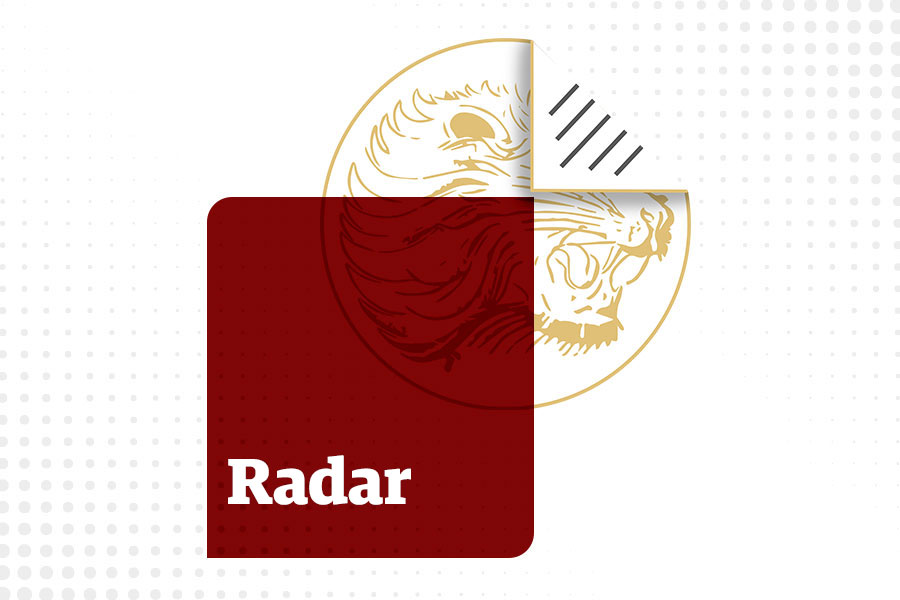
Radar | Nov 13,2021

Photo Gallery | 177847 Views | May 06,2019

Photo Gallery | 168060 Views | Apr 26,2019

Photo Gallery | 158774 Views | Oct 06,2021

My Opinion | 137016 Views | Aug 14,2021
Commentaries | Oct 25,2025

Dec 22 , 2024 . By TIZITA SHEWAFERAW
Charged with transforming colossal state-owned enterprises into modern and competitiv...

Aug 18 , 2024 . By AKSAH ITALO
Although predictable Yonas Zerihun's job in the ride-hailing service is not immune to...

Jul 28 , 2024 . By TIZITA SHEWAFERAW
Unhabitual, perhaps too many, Samuel Gebreyohannes, 38, used to occasionally enjoy a couple of beers at breakfast. However, he recently swit...
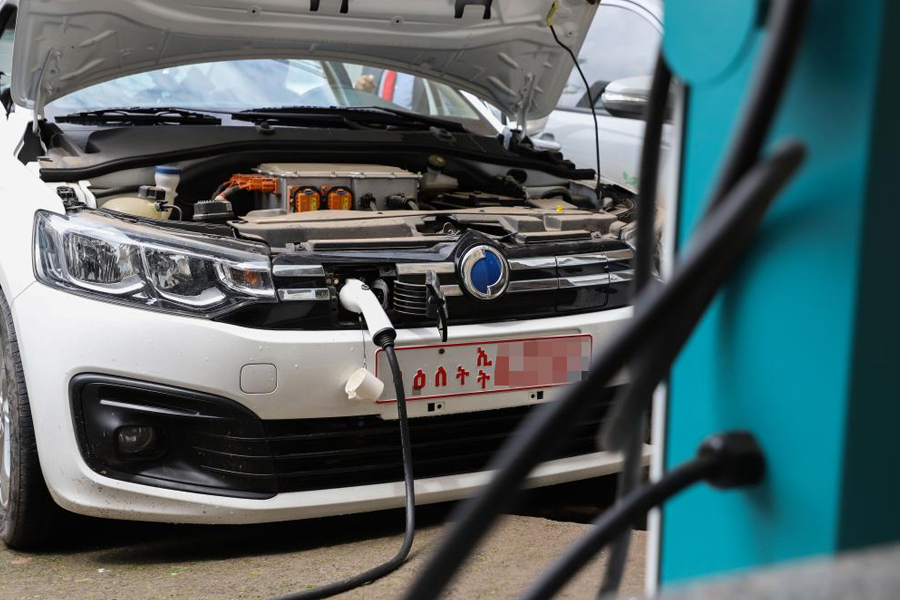
Jul 13 , 2024 . By AKSAH ITALO
Investors who rely on tractors, trucks, and field vehicles for commuting, transporting commodities, and f...
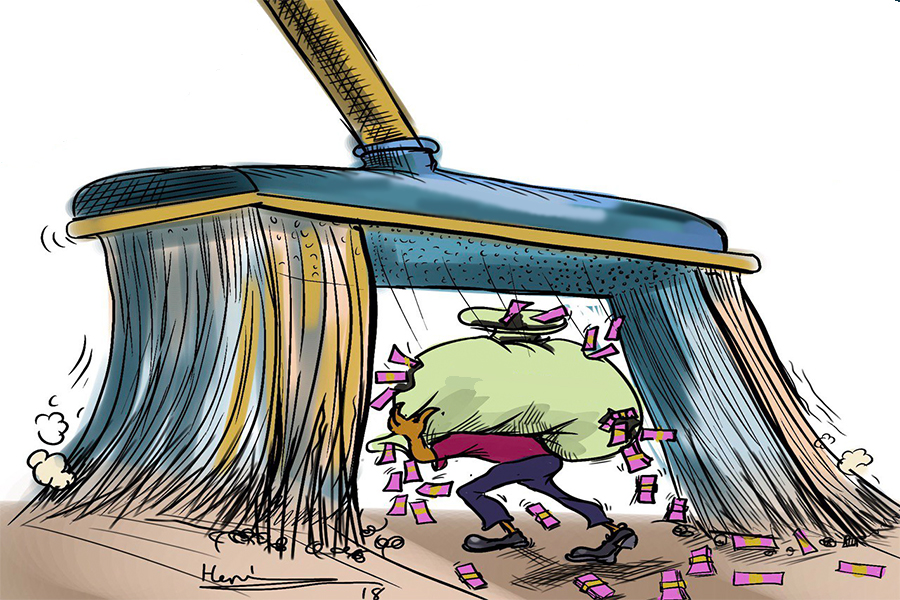
Oct 25 , 2025
The regulatory machinery is on overdrive. In only two years, no fewer than 35 new pro...
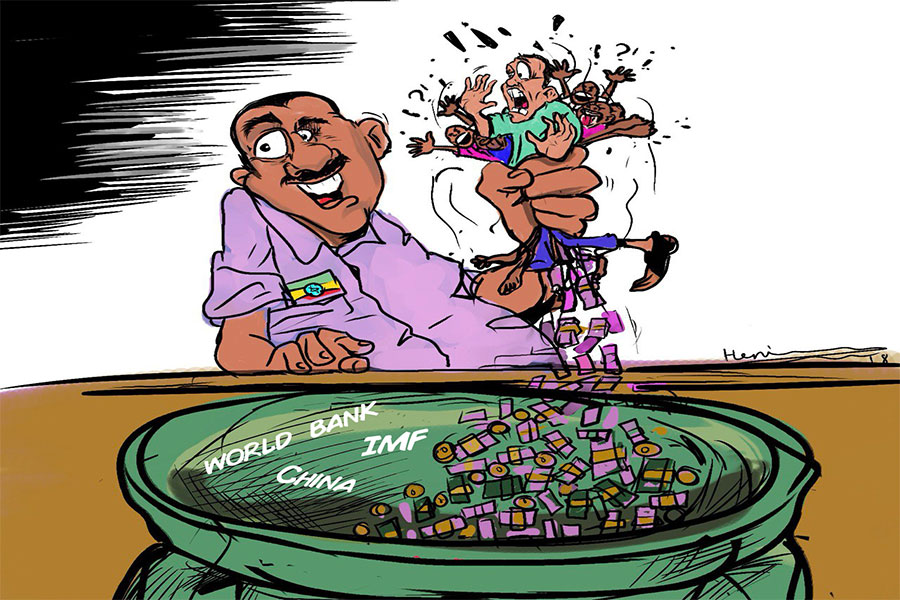
Oct 18 , 2025
The political establishment, notably the ruling party and its top brass, has become p...
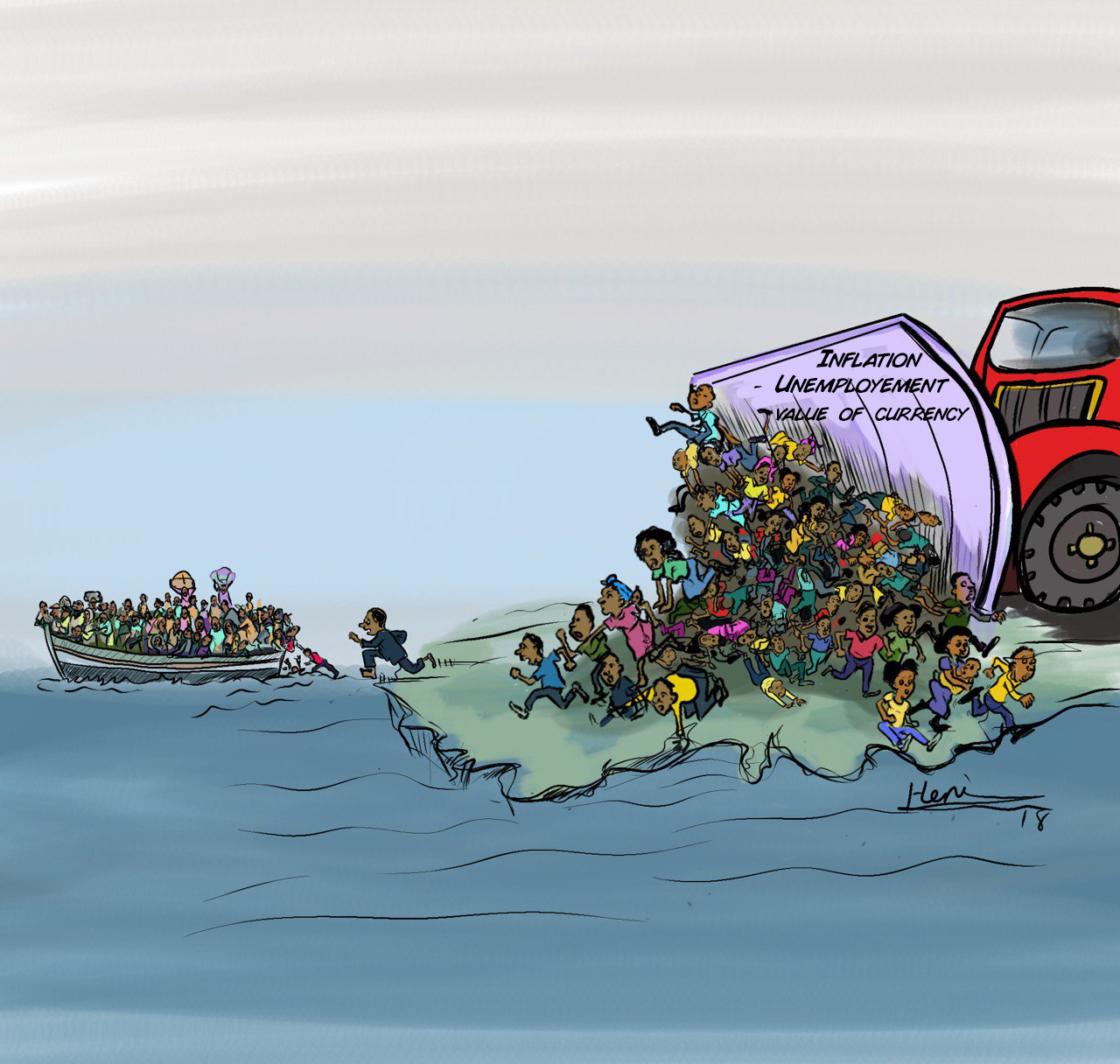
Oct 11 , 2025
Ladislas Farago, a roving Associated Press (AP) correspondent, arrived in Ethiopia in...
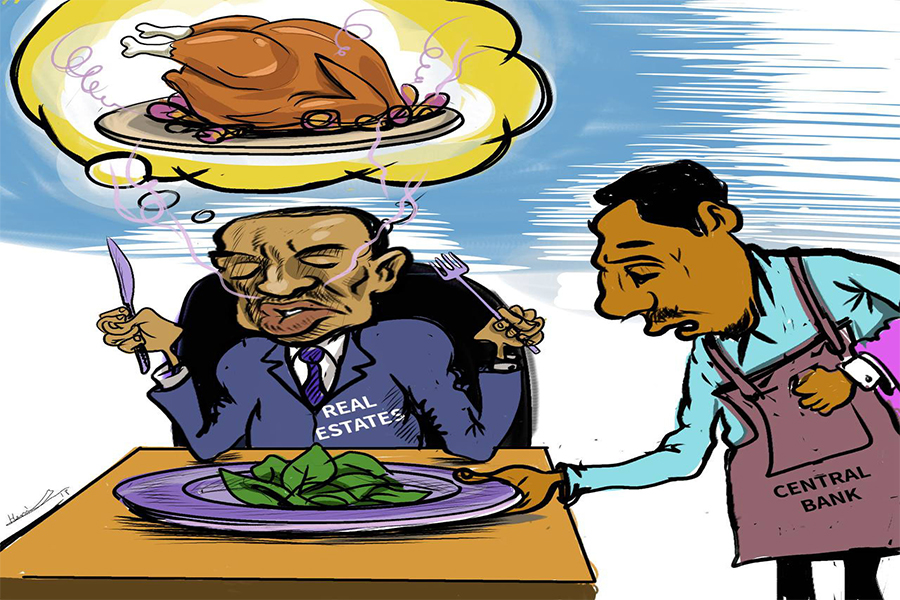
Oct 4 , 2025
Eyob Tekalegn (PhD) had been in the Governor's chair for only weeks when, on Septembe...
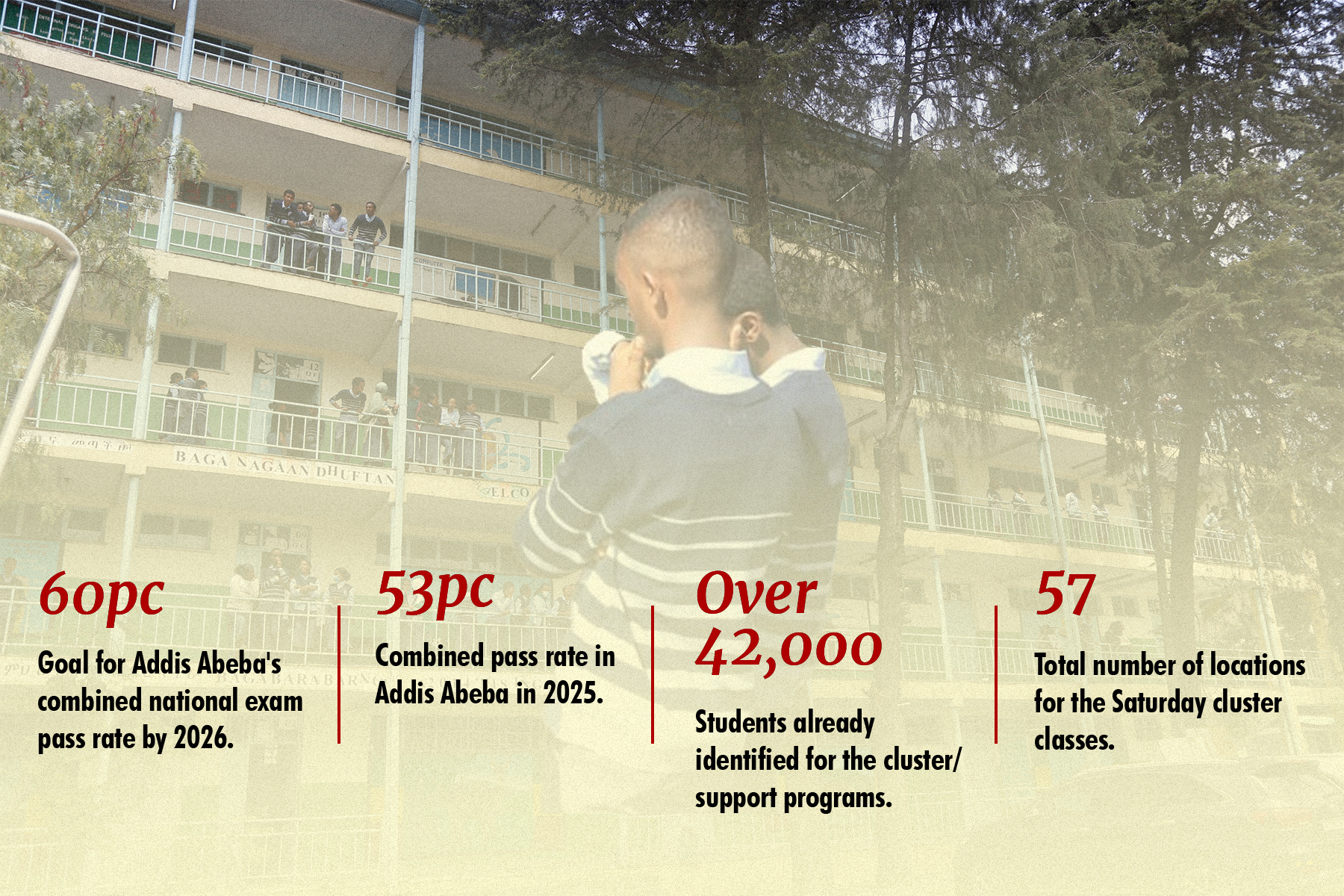
Oct 25 , 2025 . By YITBAREK GETACHEW
Officials of the Addis Abeba's Education Bureau have embarked on an ambitious experim...
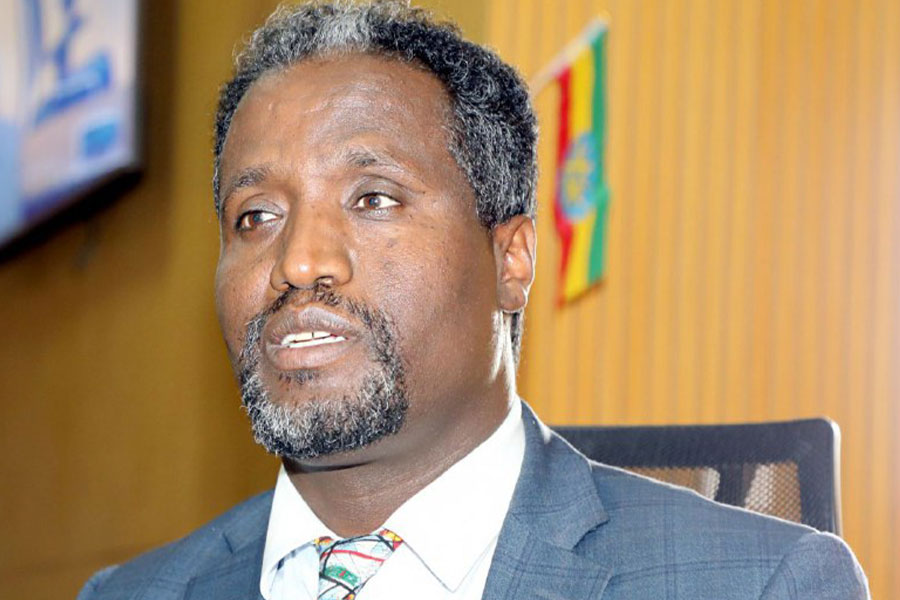
Oct 26 , 2025 . By YITBAREK GETACHEW
The federal government is making a landmark shift in its investment incentive regime...
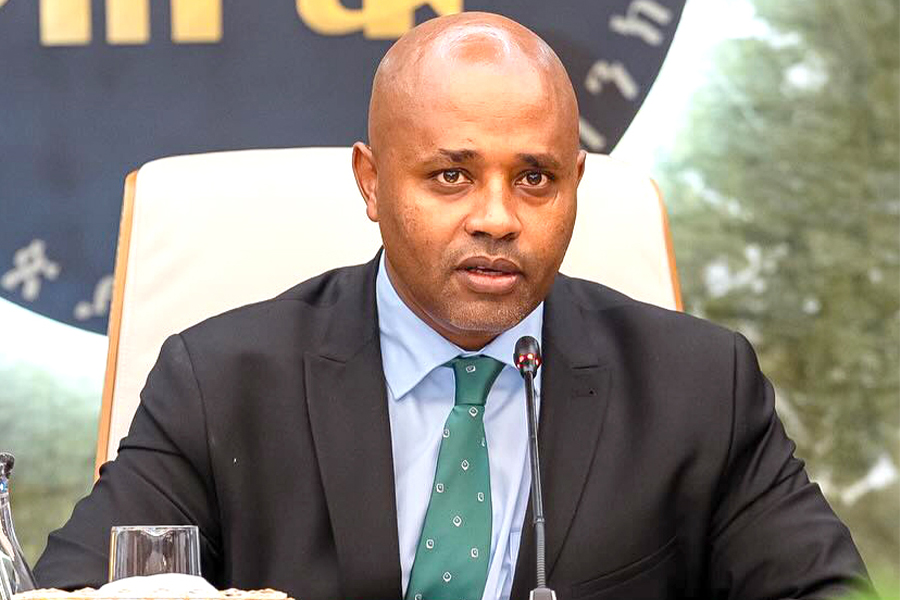
Oct 27 , 2025
The National Bank of Ethiopia (NBE) is preparing to issue a directive that will funda...

Oct 26 , 2025 . By SURAFEL MULUGETA
A community of booksellers shadowing the Ethiopian National Theatre has been jolted b...